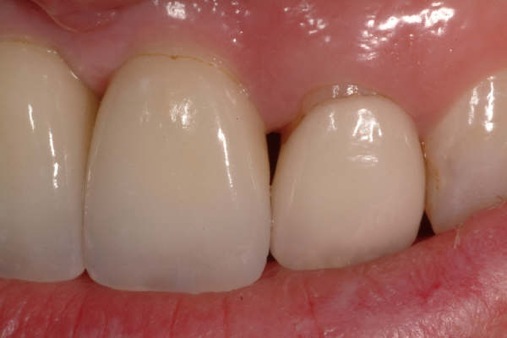NLDD Blog

Implant Esthetics
Monday, October 1, 2007

Since the invention of the dental implant over 40 years ago, the dental industry has been on a quest to try to make this mode of restoring dentition esthetic. After all, we are living in an age where esthetics is a large part of what we hear & see everyday.
Advancements have occurred in the dental field to improve the esthetics of dental implants, especially in the area that is the most critical - the anterior teeth. Yes they are the ones we eat with, but these important teeth also guide our occlusion and protect harmful stresses from destroying other teeth, and are visible when you laugh smile. They are also a large part of your first impression when you meet someone for the first time. These teeth are important! So when something unfortunate happens such that you lose one or more of them, you want the replacements to look and function just like your originals did.
Solving this problem well requires a team. A good oral surgeon to place the implant in the right position, a skilled restorative dentist to diagnose & manage the complex stages of the restorative process, and a knowledgeable technician who has experience and knowledge both in implantology and in tooth structures he is re creating. In order to have a clear picture of what the end result is to be, one needs to know where to begin. For the technician, tooth form & function is the starting point.
I have inserted a few pictures of some of the perspectives I see as a technician when I restore an anterior implant tooth. These restorations highlight one of the critical aspects of anterior implant restorations... the ceramic collar abutment. This abutment is not new to dental technology, but is more time consuming for the technician to create than the typical all metal abutment. Essentially it replaces the tooth structure under the gums with tooth colored materials having the strength and esthetics of the time tested porcelain fused to metal process. Its use not only gives an esthetic advantage closer resembling natural teeth, but in the event that some tissue recedes, what is visible is only a fine line marking the termination of the crown, as opposed to an unsightly metal abutment.


Platform view of the abutment


Assembly of the crown & abutment

Exposure of the ceramic collar abutment (#9) next to natural root with crown.

